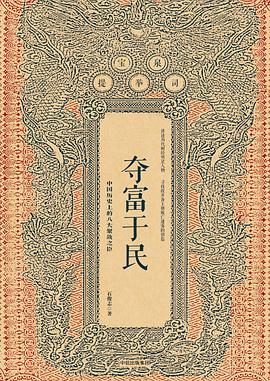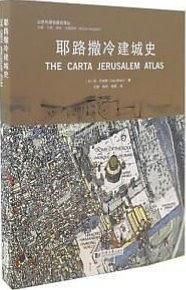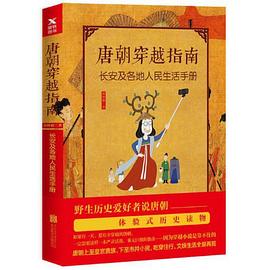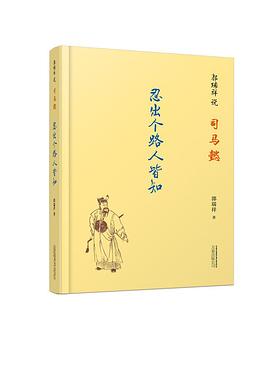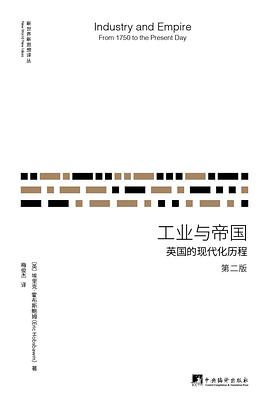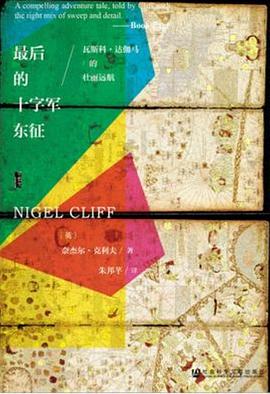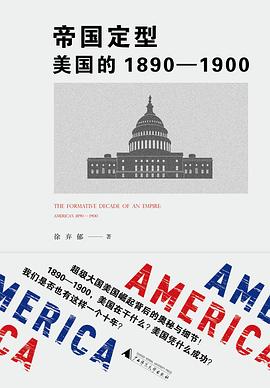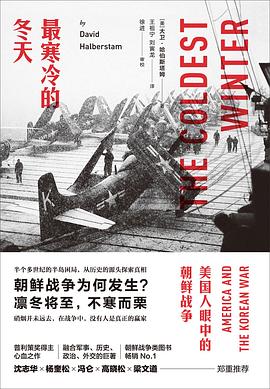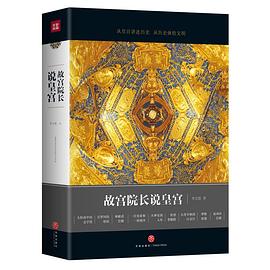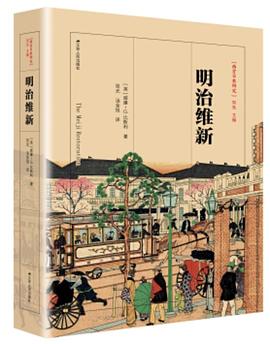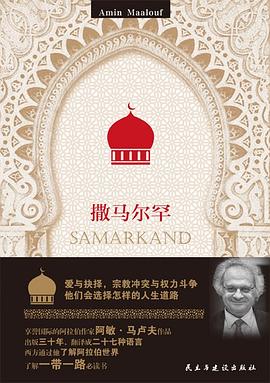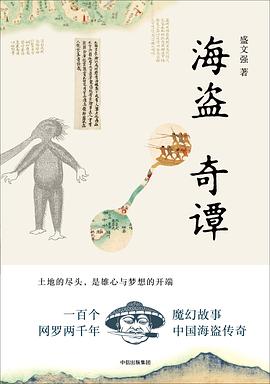
The Chinese Typewriter pdf epub mobi txt 电子书 下载 2025
- 科技史
- 历史
- 海外中国研究
- 技术史
- 中国研究
- 文字
- 墨磊宁
- 中国近代史
- 中国
- 打字机
- 科技史
- 文化史
- 语言技术
- 文字改革
- 印刷术
- 现代性
- 跨国技术史
- 性别与技术

具体描述
Chinese writing is character based, the one major world script that is neither alphabetic nor syllabic. Through the years, the Chinese written language encountered presumed alphabetic universalism in the form of Morse Code, Braille, stenography, Linotype, punch cards, word processing, and other systems developed with the Latin alphabet in mind. This book is about those encounters -- in particular thousands of Chinese characters versus the typewriter and its QWERTY keyboard. Thomas Mullaney describes a fascinating series of experiments, prototypes, failures, and successes in the century-long quest for a workable Chinese typewriter.
The earliest Chinese typewriters, Mullaney tells us, were figments of popular imagination, sensational accounts of twelve-foot keyboards with 5,000 keys. One of the first Chinese typewriters actually constructed was invented by a Christian missionary, who organized characters by common usage (but promoted the less-common characters for "Jesus" to the common usage level). Later came typewriters manufactured for use in Chinese offices, and typewriting schools that turned out trained "typewriter girls" and "typewriter boys." Still later was the "Double Pigeon" typewriter produced by the Shanghai Calculator and Typewriter Factory, the typewriter of choice under Mao. Clerks and secretaries in this era experimented with alternative ways of organizing characters on their tray beds, inventing an arrangement method that was the first instance of "predictive text."
Today, after more than a century of resistance against the alphabetic, not only have Chinese characters prevailed, they form the linguistic substrate of the vibrant world of Chinese information technology. The Chinese Typewriter, not just an "object history" but grappling with broad questions of technological change and global communication, shows how this happened.
作者简介
Thomas S. Mullaney is Associate Professor of History at Stanford University and the author of Coming to Terms with the Nation: Ethnic Classification in Modern China.
目录信息
1 INCOMPATIBLE WITH MODERNITY 35
2 PUZZLING CHINESE 75
3 RADICAL MACHINES 123
4 WHAT DO YOU CALL A TYPEWRITER WITH NO KEYS? 161
5 CONTROLLING THE KANJISPHERE 195
6 QWERTY IS DEAD LONG LIVE QWERTY 237
7 THE TYPING REBELLION 283
TOWARD A HISTORY OF CHINESE COMPUTING AND THE AGE OF INPUT 315
TABLE OF ARCHIVES 323
BIOGRAPHIES OF KEY HISTORICAL PERSONS ALPHABETIC BY SURNAME 325
CHARACTER GLOSSARY 329
NOTES 337
BIBLIOGRAPHY OF SOURCES 401
INDEX 457
STUDIES OF THE WEATHERHEAD EAST ASIAN INSTITUTE COLUMBIA UNIVERSITY 483
· · · · · · (收起)
读后感
评分
评分
评分
评分
用户评价
Personal (embodiment), National (parties, literati struggle), International (imagination, economics and politics) 这三个层次最终还是回到中国读者的“我”,这历史的层层叠叠与我们看似远却无比近,他们在我们牙牙学语的过程中对我们理念中的中文进行了深浅不一的裁剪,最终将我们造成了“average Chinese man"。正如作者引用布迪厄,embodied history, internalized as a second nature and so forgotten as history。两个问题:科学与技术在这本书里如何对话?技术又究竟是如何参与塑造了我们的身份思考想象意识?
评分妈呀
评分林语堂的明快中文打字机奠定了输入法的基础…
评分大开眼界 题目是中文打字机 但是实际上讨论的是十九世纪以来以表意为基础的中文是如何适应以字母为基础的西方语言/信息技术 在三种路径(常用字common usage、组合字combinatorialism、和替代字surrogacy)下对应民国时期三种不同设计的中文打字机(分别是周厚坤/商务印书馆舒式打字机,祁暄设计的打字机,林语堂的明快打字机)很好看的书 和作者上一本书一样属于STS的路子(上一本英语世界里这样好看的书还是Just One Child) 但是可读性很强 没有太多抽象的概念 论从史出 受众应该远远超过历史类读者 核心问题是中文与“现代化”与信息化的关系 赶紧出中文版 最好再配上书里面打字机的大图!
评分拿费奖了
相关图书
本站所有内容均为互联网搜索引擎提供的公开搜索信息,本站不存储任何数据与内容,任何内容与数据均与本站无关,如有需要请联系相关搜索引擎包括但不限于百度,google,bing,sogou 等
© 2025 book.quotespace.org All Rights Reserved. 小美书屋 版权所有





